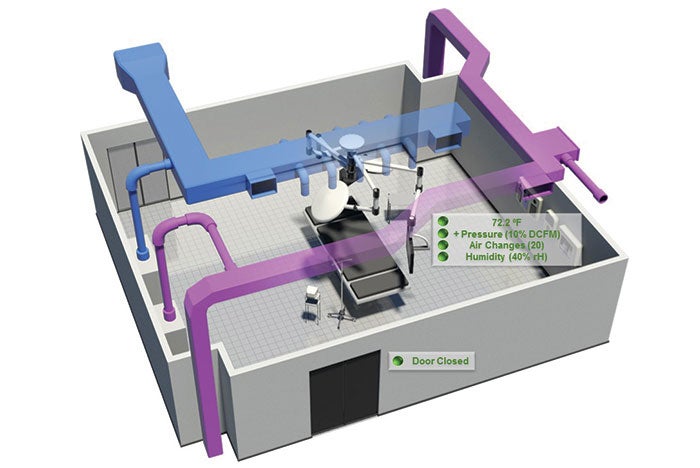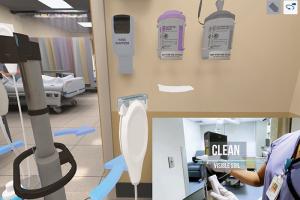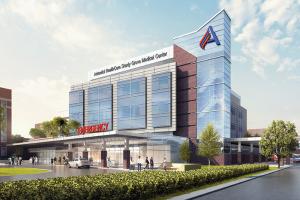Planning for integrated building automation systems
When planning for integrated building automation system technology, health facilities professionals should consider using the Construction Specifications Institute’s (CSI’s) MasterFormat Division 25: Integrated Automation.
When it was introduced in 1963, the CSI MasterFormat specification did not have a place, or a need, for integrated technology. As smart building systems came online, mechanical and electrical divisions were modified to incorporate smart building information. In the case of HVAC, language-specifying pneumatics was replaced with direct digital controls (DDC) language. The result was specifying a DDC system that mimicked a pneumatics system, despite the superior capability of computer-based controls systems.
As rapid adoption of DDC and networkable technology accelerated, so did the need for data assimilation in what used to be traditionally segmented systems within a building environment. As a result, the MasterFormat was revised with the new Division 25 to address the growing need for governance of all disciplines to converge the enormous amount of technology being implemented.
Implementing MasterFormat Division 25 as a coordination hub for design, construction and service teams is critical for addressing commonalities among all the similar technologies being applied to the same portfolios and new-construction opportunities. Large hospital campuses and their supporting facilities are high-performing and complex environments with large operational requirements that are especially prone to inefficiencies without standardization.
Division 25 serves as both a blueprint for upgrading existing technologies as they reach their end of life, and as a technology version-control system for continuously improving and solving old problems with new, viable technology.
While the inclusion of MasterFormat Division 25 can add complexity to the design and construction process as the industry grows to fully accept smart building technology, it is an essential framework for addressing the long-term sustainability of these facilities, and a prerequisite for implementing a robust master specification.




